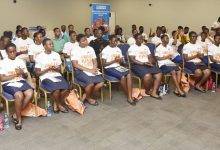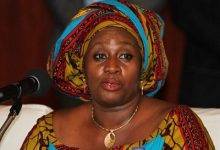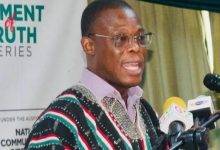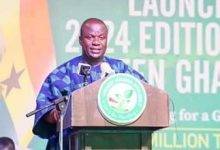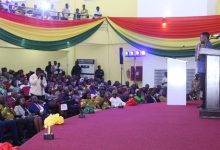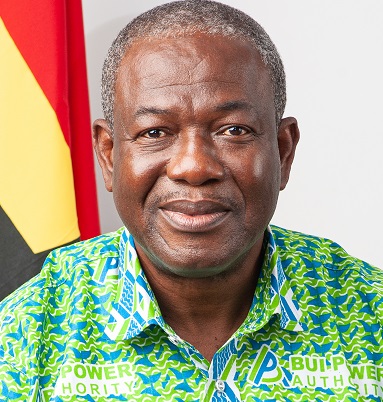
The Bui Power Authority (BPA) would construct about eight solar plants in the northern part of the country in a bid to harness the vast solar radiation resource in that area to increase renewable energy generation.
According to BPA, the earmarked sites for the project are expected to begin in the first quarter of next year include, Yendi, Northern, Buipe and Sawla, Savannah; Zebilla, and Bolgatanga, Upper East and Tumu, Upper West.
These spots are close to substations of the Ghana Grid Company (GRIDCo) in the northern part of the country, where the potential solar plants capacity between 10 Mega Watt peaks (MWp) to 100MWp could successfully be tied into the National Interconnected Transmission System (NITS).
The BPA Chief Executive Officer, Samuel Kofi Dzamesi, disclosed these when he outlined efforts to increase the country’s renewable power generation in an exclusive interview with the Ghanaian Times on the sidelines of the 26th United Nations Climate Change Conference of the Party (COP26), at Glasgow, Scotland.
“We’ve gone far with plans and it is even possible that by next year January-February, we should be having some people who will be coming in to start the plants. We are poised for this,” he said.
The capacity of each plant, Mr Dzamesi said, was dependent on the size and specifications of investors who have been engaged under an arrangement in which they would fund the construction and be paid later for the state to own the plants.
He said BPA had struck a collaboration with some universities including, the University of Renewable Energy, in Sunyani, in the Bono Region, so that new graduates would be involved in various projects.
“Technology is changing. The first panel for solar was very big; today is smaller, every day gets smaller. It means people are doing researches to ensure that we get smaller panels with the same capacity. We have to be training young ones to build capacity in that area,” Mr Dzamesi said.
He said Ghana was pursuing renewable energy because, in order to reduce methane emissions which contributed to climate change, BPA had been mandated to produce power from natural sources such as, wind and solar that did not emit methane.
In view of this, Mr Dzamesi said BPA had produced 50 MW solar with 150 MW which was under construction while there was an expansion of over 500MW to other parts of the country.
“If we want to do real energy, every location in Ghana where there is GRIDCo substation, there is the possibility of putting a solar plant. This is our target. Also, for all rivers in the country where we can generate power, we should be able to target them.
“We are doing 259 MW; we have proposals from other countries to do some 300 MW. By 2024, BPA should be running not less than 700 MWp of solar by 2024,” Mr Dzamesi said.
He stated that the more the country pursued renewable energy, the less it would go into thermal, adding that the BPA would play its climate change role towards achieving the global climate goal.
BY JONATHAN DONKOR


